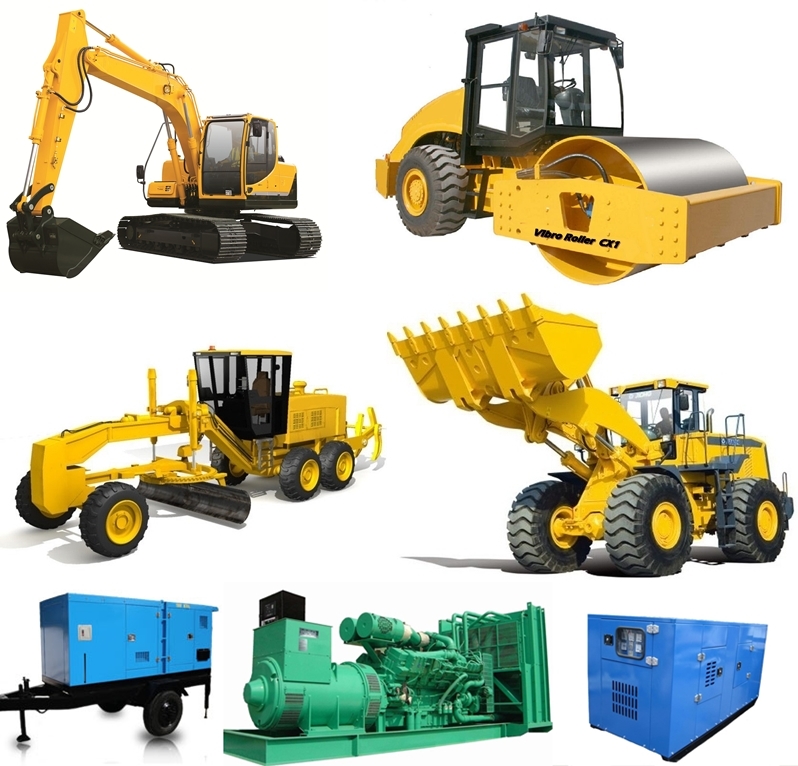Aerial Lift Rental: Versatile Lifting Solutions for High-Access Jobs
Maximize Your Spending Plan by Understanding the Prices Related To Construction Tools Services
Comprehending the complete range of expenses connected with building and construction tools services is critical for maximizing your budget. What approaches can be utilized to successfully handle these expenses and guarantee an extra effective rental experience?
Introduction of Rental Costs
When thinking about building devices rentals, understanding the connected prices is vital for efficient budgeting and project planning. Rental expenses can differ significantly based upon several variables, consisting of tools type, period of rental, and place. The first rental cost frequently mirrors the tools's market demand and its connected functional capacities, affecting the total expense.
In enhancement to the base rental price, supplementary costs may occur, such as transport fees, gas surcharges, and upkeep costs. It is crucial to represent these extra expenses to precisely analyze the total cost of renting out tools. Additionally, the rental duration can affect rates; longer leasings might get discounted rates, while short-term rentals may incur higher everyday charges.

Malfunction of Rental Rates
A comprehensive understanding of rental rates is essential for specialists and task managers intending to maximize their budgets. Rental rates for building tools normally are composed of numerous parts, including base prices, time-based charges, and use charges.
Base rates are the core charges connected with the rental of the equipment, often determined by the kind and dimension of the equipment. These rates can vary considerably, influenced by elements such as devices demand, accessibility, and regional market patterns. Time-based charges, which may be daily, weekly, or monthly, offer to suit different project timelines and rental durations.
In addition, rental prices might consist of use charges, which are suitable when tools is made use of past a defined threshold, guaranteeing that the rental business can account for wear and tear. Seasonal demand changes can also affect rental rates, with peak building periods typically commanding greater costs.
Additionally, recognizing the rental firm's policies pertaining to maintenance and insurance policy can give more understanding into the general expense structure. By examining these parts, contractors can make informed choices, making certain the choice of rental devices lines up with both project needs and spending plan restraints.
Added Charges to Consider
Comprehending the details of added costs is important for contractors to handle their total rental expenditures efficiently. Beyond the conventional rental prices, numerous supplemental charges can substantially affect the overall expense of equipment rental. These charges often include distribution and pick-up fees, which can vary based upon range and logistics included in moving the equipment to and from the job website.
In addition, some rental business may enforce fuel additional charges if the devices is returned with less fuel than when rented out. It is additionally necessary to understand prospective cleansing fees, specifically for specific equipment that calls for thorough upkeep after use.

Thoroughly evaluating the rental agreement and making clear these additional costs in advance can help professionals guarantee and stay clear of unanticipated costs that budget plans continue to be undamaged throughout the project lifecycle.
Maintenance and Fixing Expenditures
Normal repair and maintenance expenses are typically ignored elements that can significantly affect the general cost of construction equipment leasings. When leasing equipment, it is critical to consider not only the rental charges however additionally the potential expenses connected with keeping the machinery in ideal operating condition.
Several rental companies consist of standard maintenance as component of the rental contract; however, much more substantial repair work or unforeseen malfunctions can cause added expenditures. It's vital to assess the rental contract carefully to recognize what upkeep services are covered and what obligations fall on the tenant.
In addition, equipment that is not properly maintained can bring about ineffectiveness at work site, possibly increasing and creating delays job costs. To mitigate these dangers, it is suggested to carry out regular inspections and keep open interaction with the rental copyright regarding any kind of problems that occur during use.
Insurance Policy and Obligation Costs
Insurance coverage and obligation costs are critical components that can significantly influence the total expenditure of building and construction tools rentals (construction equipment rentals). These prices ensure that both the rental firm and the client are secured from prospective financial losses occurring from accidents, damages, or burglary throughout the rental period

In addition, clients should understand any deductibles or exemptions in the insurance plan, as these can affect possible out-of-pocket expenditures. Understanding the terms and conditions of any insurance protection is crucial to prevent unexpected prices. Ultimately, budgeting for insurance my latest blog post coverage and obligation expenses can help make sure a smoother rental experience and shield versus monetary risks associated with building jobs.
Verdict
To conclude, a Check Out Your URL thorough understanding of the expenses connected with building equipment leasings is necessary for efficient budget management. By assessing rental prices, additional charges, maintenance expenses, and insurance policy needs, organizations and people can reduce unanticipated expenses. This calculated strategy not just improves cost-effectiveness but likewise ensures that projects progress efficiently and successfully. Inevitably, informed decision-making relating to equipment services adds to the general success of building ventures.
Rental prices can vary substantially based on several variables, consisting of tools type, duration of rental, and area (aerial lift rental). The rental period can influence pricing; longer services may certify for affordable rates, while temporary rentals might incur greater daily charges
By carrying out thorough research study and involving with credible rental companies, professionals can successfully navigate the complexities of rental rates, ultimately optimizing their financial resources.
Beyond the common rental rates, different supplementary charges can considerably affect the complete price of devices service. Rental companies typically provide liability insurance policy that covers injuries to third celebrations or damage to home, while equipment damage insurance coverage can cover the cost of fixings or replacement if the rented devices is harmed.